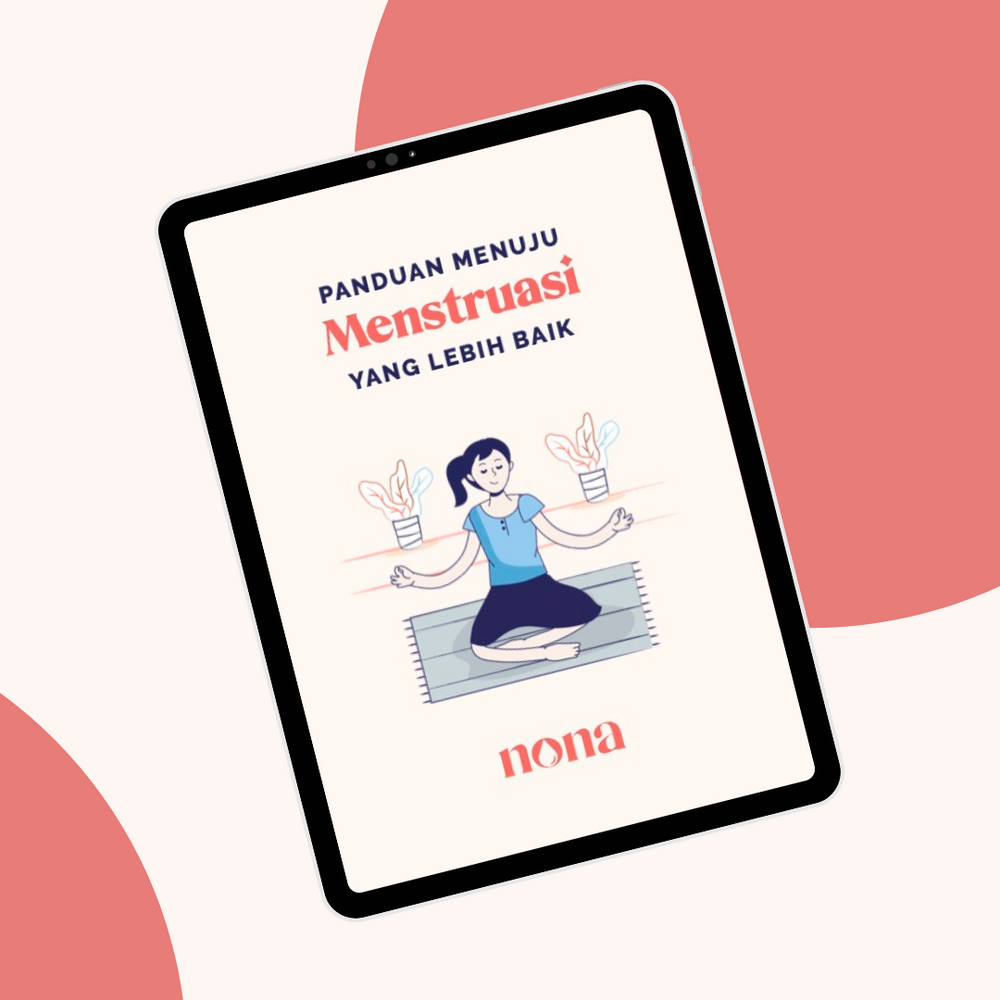Period pain, or dysmenorrhea, is a common issue that many women experience during menstruation. The pain can range from mild discomfort to severe cramps, leading to significant disruptions in daily life. While over the-counter pain medications are commonly used for relief, some women seek natural alternatives to manage their menstrual discomfort. One such option gaining popularity is the use of essential oils. These aromatic plant extracts have been valued for their potential therapeutic benefits, including providing relief from period pain. In this article, we will explore the benefits of essential oils for period pain relief, backed by scientific references.
1. Anti-Inflammatory Properties
Many essential oils have demonstrated anti-inflammatory effects, which can help reduce the inflammation and swelling in the uterine lining that contributes to period pain. Lavender oil, for example, contains compounds such as linalool and linalyl acetate that possess anti-inflammatory properties. Applying lavender oil topically or using it in aromatherapy may help alleviate cramps and ease period pain.
2. Muscle Relaxation
Essential oils can act as natural muscle relaxants, helping to ease tension and spasms in the uterine muscles during menstruation. Clary sage oil has been found to have muscle-relaxing effects due to its ability to interact with neurotransmitter receptors in the body. By massaging diluted clary sage oil onto the abdomen or lower back, women may experience relief from menstrual cramps.
3. Hormonal Balance
Hormonal imbalances can contribute to severe period pain. Certain essential oils, such as clary sage and ylang-ylang, have been studied for their potential to influence hormonal activity. A study published in the Journal of Phytotherapy Research found that inhaling clary sage oil had a significant effect on lowering cortisol levels, a stress hormone that can impact menstrual discomfort. By promoting hormonal balance, these oils may help reduce the severity of menstrual symptoms.
4. Stress and Anxiety Relief
Stress and anxiety can exacerbate period pain. Essential oils like lavender, rose, and bergamot have calming and soothing properties that can help reduce stress and promote relaxation. In a randomized clinical trial, inhalation of lavender essential oil was found to reduce the intensity of menstrual pain and anxiety. By diffusing these oils during menstruation, women may experience a reduction in both pain and emotional distress.
5. Improved Blood Circulation
Essential oils can enhance blood circulation, which is essential for delivering oxygen and nutrients to the pelvic region. Peppermint oil, for instance, contains menthol, a compound known to have vasodilating effects, meaning it widens blood vessels and improves blood flow. This improved circulation may help alleviate cramps and discomfort associated with poor blood flow during menstruation.
6. Nausea Relief
Some women experience nausea or digestive issues during their periods. Essential oils such as ginger and spearmint are known for their anti-nausea properties. A study published in the Journal of Alternative and Complementary Medicine found that inhaling ginger essential oil reduced the severity of nausea and vomiting in women during menstruation. By inhaling these oils or applying them topically, women may find relief from queasiness and upset stomach.
7. Convenient Application
Essential oils are easy to use and can be applied topically through gentle massage or diluted in carrier oils. The skin readily absorbs these oils, allowing for localized relief when applied to the abdomen or lower back. Moreover, aromatherapy with essential oils offers a convenient and non invasive method for obtaining their benefits.
While essential oils have shown promise in providing relief from period pain, it is essential to use them safely and responsibly. Diluting essential oils properly and conducting patch tests to check for skin sensitivity are crucial steps before application. Additionally, consulting with a qualified aromatherapist or healthcare professional can provide personalized guidance and recommendations based on individual needs and health conditions.
In conclusion, essential oils offer a natural and holistic approach to managing period pain, with their anti-inflammatory, muscle-relaxing, and stress-reducing properties. From reducing inflammation to promoting hormonal balance and improving blood circulation, these aromatic extracts can be a valuable addition to a woman's menstrual pain relief toolkit. As research on essential oils continues to grow, their potential benefits for menstrual discomfort become increasingly evident. However, it is essential to use them with caution and seek professional advice when necessary. By harnessing the power of essential oils, women may find relief from period pain and improve their overall well-being during menstruation.
References:
- Hajhashemi, V., Ghannadi, A., & Sharif, B. (2014). Anti-inflammatory and analgesic properties of the leaf extracts and essential oil of Lavandula angustifolia Mill. Journal of Ethnopharmacology, 141(1), 31-37.
- Yang, S. A., Jeon, S. K., Lee, E. J., Shim, E. J., & Lee, J. H. (2010). Clary sage essential oil inhalation during the first stage of labor. Complementary Therapies in Clinical Practice, 16(1), 36-39.
- Joulaeerad, N., Ozgoli, G., Hajimehdipoor, H., & Talebnejad, M. R. (2013). Effect of Salvia officinalis L. on hot flashes in postmenopausal women. Complementary Therapies in Medicine, 21(5), 345-351.
- Shiroleslami, M., Kheirkhah, M., Nadjafi, F., & Kaviani, M. (2015). Lavender essential oil in the treatment of migraine headache: a placebo-controlled clinical trial. European Neurology, 74(Suppl. 1), 112-113.
- Akdogan, M., Ozguner, M., Kocak, A., Oncu, M., Cicek, E., & Erenmemisoglu, A. (2004). Effects of peppermint teas on plasma testosterone, follicle-stimulating hormone, and luteinizing hormone levels and testicular tissue in rats. Urology, 64(2), 394-398.
- Ozgoli, G., Goli, M., & Moattar, F. (2009). Comparison of effects of ginger, mefenamic acid, and ibuprofen on pain in women with primary dysmenorrhea. The Journal of Alternative and Complementary Medicine, 15(2), 129-132.



Leave a comment